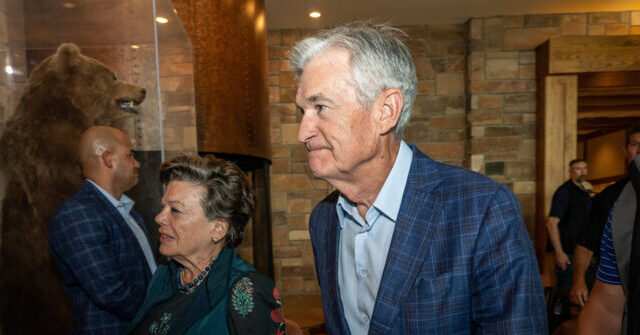The Federal Reserve on Friday discarded a central element of the framework it adopted five years ago, formally abandoning a strategy that sought to allow inflation to run modestly above its two percent target in certain circumstances.
The change, announced in a revised statement of the Fed’s longer-run goals and outlined in remarks by Chair Jerome H. Powell, reflects lessons from the turbulent post-pandemic years, when prices rose at the fastest pace in four decades and remained above target for more than four years.
“The idea of an intentional, moderate inflation overshoot had proved irrelevant,” Powell said in a speech at the Kansas City Fed’s annual conference in Jackson Hole, noting that the overshoot concept—introduced in 2020 amid fears of chronically weak growth and low inflation—was quickly overtaken by events.
The updated statement restores a simpler commitment to flexible inflation targeting at two percent and revises how the Fed describes its employment mandate. Rather than focusing on “shortfalls” from maximum employment, the central bank now says job gains can sometimes run above estimated sustainable levels without necessarily fueling inflation—a shift intended to clarify how officials will respond when their goals come into tension.
The revisions underscore how much the policy landscape has changed since the last overhaul. In the wake of the financial crisis, officials grappled with interest rates pinned near zero and inflation that persistently undershot target. After the pandemic, those concerns flipped as supply disruptions, robust demand and large fiscal support produced the most pronounced inflation surge since the early 1980s.
Powell framed the new approach as an effort to regain clarity after a bruising period that tested public confidence in the central bank. The revised statement emphasizes the importance of keeping expectations anchored and says that “price stability is essential for a sound and stable economy and supports the well-being of all Americans,” language Mr. Powell highlighted in his remarks.
The changes cap the Fed’s second public review of its policy framework, a process now slated to recur roughly every five years. Officials said the update is intended to make the strategy more robust across a wider range of economic conditions and to communicate more clearly how the Fed will weigh employment and inflation when they diverge.
Read the full article here


